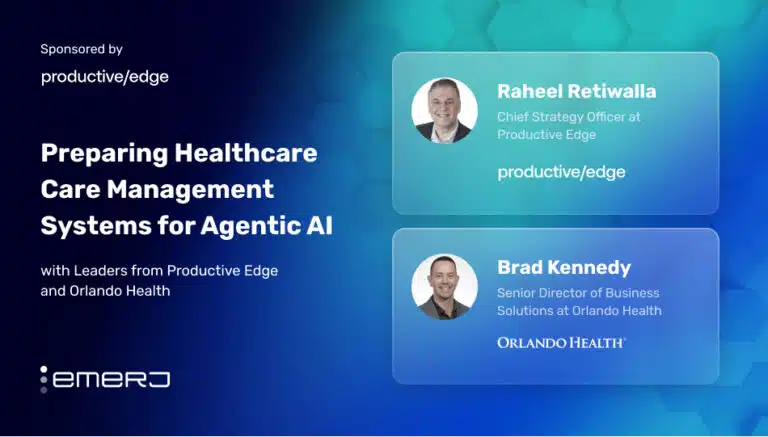Morgan Stanley is a US financial institution known mostly for its financial advisory services. According to our AI Opportunity Landscape research in financial services, approximately 10% of AI vendor products in the industry are wealth management solutions, and 4% are asset management solutions.
The latter is on par with customer service and lending applications, indicating that the use-case has at least some comparable traction with AI. Morgan Stanley in particular has been using AI for this use-case since at least 2018:
- Next Best Action: A tool on Morgan Stanley’s WealthDesk platform that can purportedly help its wealth and asset managers make more informed decisions for their clients and reach more of their clients at once.
They also bolster their AI initiatives by deploying data science talent in advisory positions:
- Data Center of Excellence: A 30-person operation that provides consulting to various departments within the financial institution with the goal of setting them up for AI adoption.
In this article, we lay out the available information on both of these initiatives an explore the benefits they could bring to the company, starting with Morgan Stanley’s wealth and asset management tool, Next Best Action:
Wealth and Asset Management Tool: Next Best Action
Lou Pirenc, Global Head of Data at the Research Division of Morgan Stanley, gives a brief primer on how the company has been researching AI for use in trading and wealth management in the video below:
Many financial institutions have been using artificial intelligence to augment their wealth and asset managers with predictive analytics tools that help them better determine how to best invest their clients’ money. These applications, in some cases called “robo advisers,” suggest investments that are supposed to be financially lucrative and in-line with client preferences based on trends in the market.
They often combine natural language processing and predictive analytics approaches. In doing so, these applications can analyze financial news sites and past emails between the wealth/asset manager and client in order to suggest possible action steps the wealth/asset manager should take on behalf of that client.
For example, if a client has stock in a company that is set to do well in an upcoming quarter because it just poached top talent from another well-known firm, an algorithm might suggest to a wealth manager that they inform their client about an investment opportunity.
Morgan Stanley’s wealth/asset management application, launched in 2018, is called Next Best Action. Jeff McMillan, Chief Analytics and Data Officer at Morgan Stanley, said the application allows wealth managers to have deeper conversations with their clients, seemingly because they are able to access more data about their preferences an market trends faster.
McMillan also emphasized how AI increased the scale at which wealth managers could reach their clients. Instead of emailing their clients one-by-one when there’s a sharp dip in the market, they could email hundreds of their clients at once.
Next Best Action appears to be part of Morgan Stanley’s larger wealth management platform, WealthDesk, which is built on BlackRock’s Aladdin. The company purportedly rolled out WealthDesk as a means to unify wealth managers’ workflows into one digital environment, allowing them to access all of the tools they need on one platform instead of logging into several.
WealthDesk seems to allow Morgan Stanley’s wealth managers to access information on client accounts held at other financial institutions as well. This could give them a more holistic view of their clients’ assets, allowing them to make better investment decisions for them.
By the end of 2018, Morgan Stanley claimed that 10 to 15% of their more than 15,000 financial advisers had adopted WealthDesk.
Data Center of Excellence
In 2018, Morgan Stanley set up its Data Center of Excellence in order to help the financial institution develop its data infrastructure with the express goal of being able to leverage AI in in the future. The Center is purportedly made up of 30 data science and IT experts who advise other departments within Morgan Stanley on how to collect and store the data they work with. These experts currently operate within New York, London, and Montreal.
The Center has in part focused on helping these departments process the unstructured data they are collecting, which includes text data stored internally, likely client emails, call logs, market research, and other digital assets. AI applications for wealth management likely also need to process unstructured data from the internet, including articles and research on financial news websites.
In addition, the Center works with the financial institutions machine learning engineers to make sure they are using the right data to build algorithms for use-cases in fraud detection, wealth management, and more.
Such an initiative could greatly help Morgan Stanley with the challenges of AI adoption in the enterprise, and it could prevent departments within the company from wasting money on AI applications they don’t have the data to build nor the talent to maintain. Large financial institutions often have trouble avoiding AI adoption pitfalls such as the lure of AI novelty and the difficulty of predicting the ROI of AI.
Morgan Stanley’s Data Center of Excellence could help departments with data audits in which cross-functional teams made up of data scientists, subject-matter experts, and IT personnel within the department discuss the data that is available to them with the goal of figuring out how it could be leveraged to solve business problems.
For example, a financial institution’s wealth management department will need to do a data audit to find out where it is storing all of the research that its financial advisers are using to inform the decisions they make for their clients.
In some cases, the department may not be storing a lot of this data, which would threaten any work on an AI algorithm that could augment their wealth managers. The department would have to start collecting this data, which would delay any AI project from coming to fruition for several months.
Financial institutions are not used to these kinds of problems when it comes to IT. They are used to procuring and building software that is much more “plug and play” than AI. Morgan Stanley’s Data Center of Excellence likely sets realistic expectations for what the company can do with AI in its various departments and provides guidance on how each department in each of the cities the Center works in can set themselves up for success with AI.
Emerj for Financial Services Companies
Financial institutions need research on their competitors’ AI initiatives if they want to keep, but this information is often difficult to find and extremely misleading.
Emerj helps large financial institutions find out which AI applications are delivering high ROI for their competitors and determine where AI can increase revenue, drive efficiencies, and increase customer satisfaction in use-cases like wealth management, asset management, customer service, and fraud detection. Learn more about Emerj Research Services.
Header Image Credit: Wealth Advisor




















